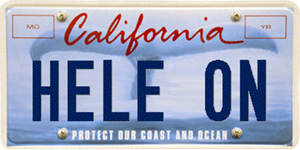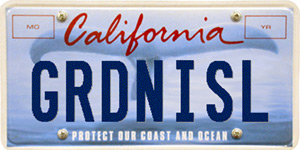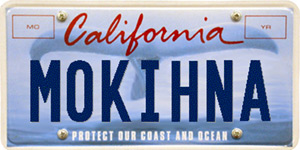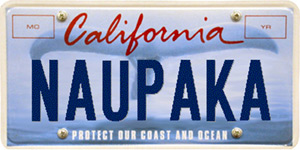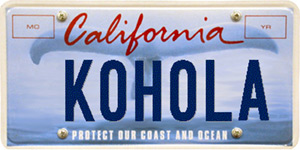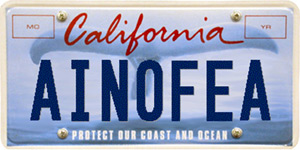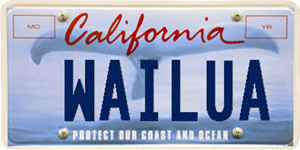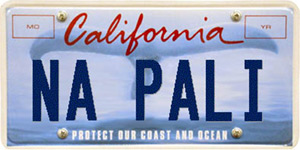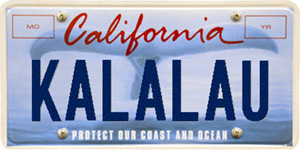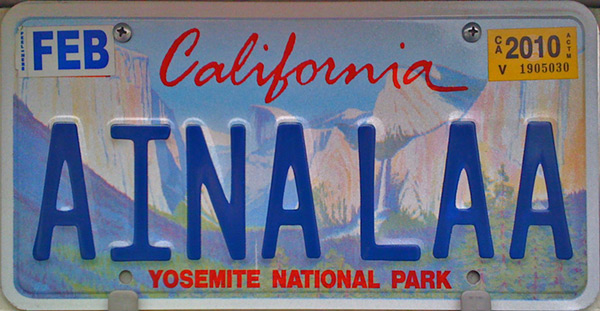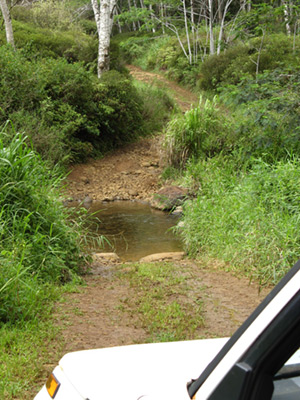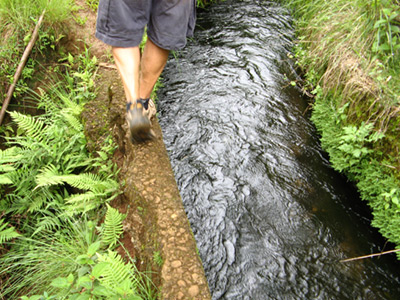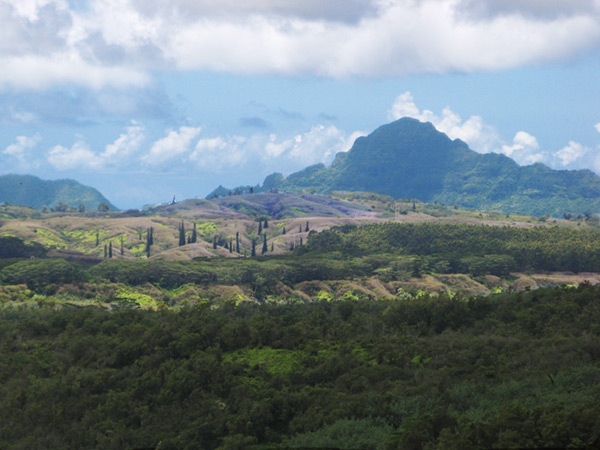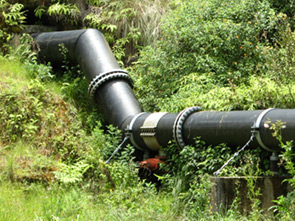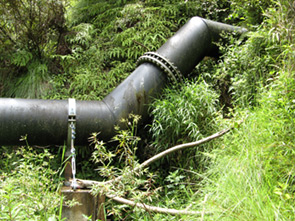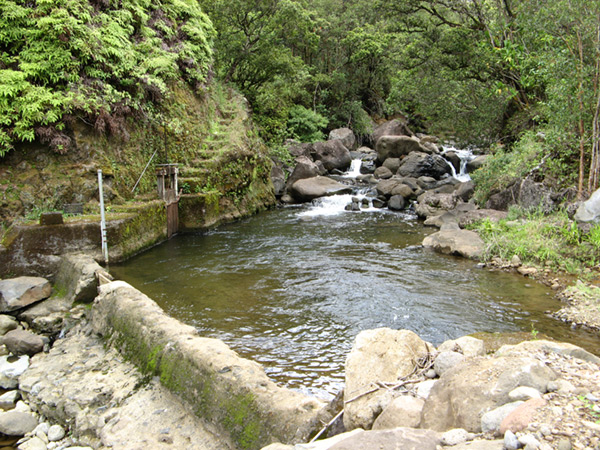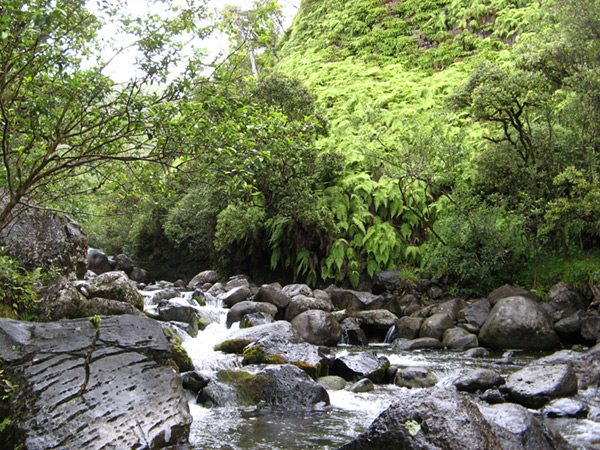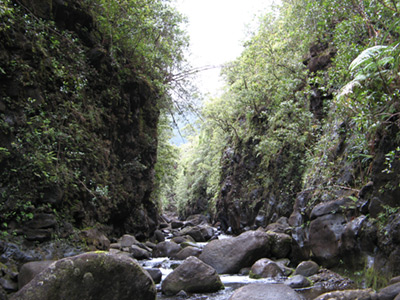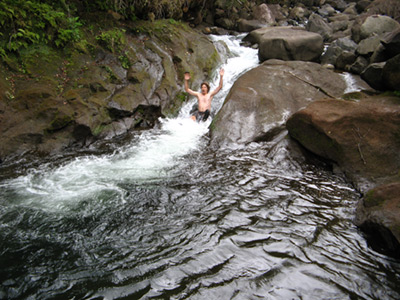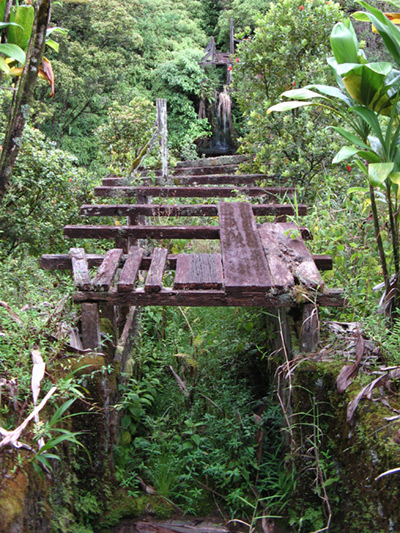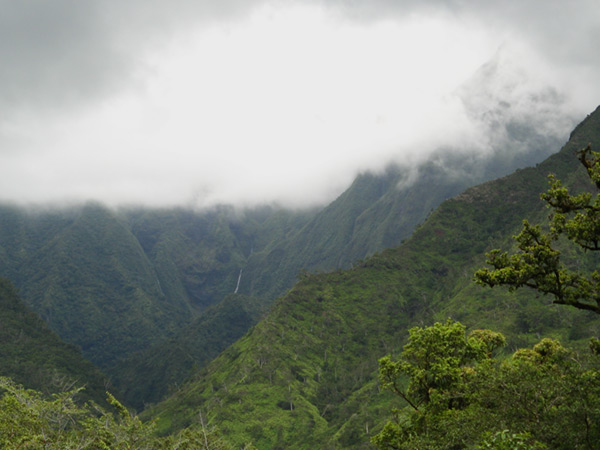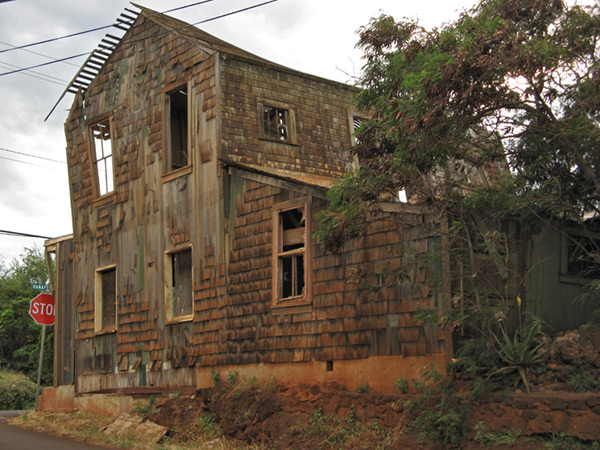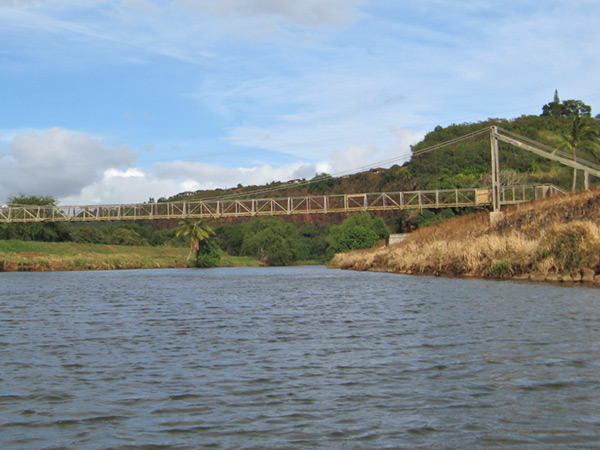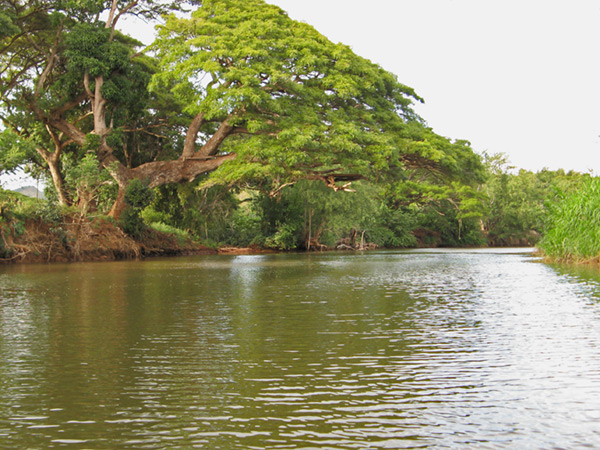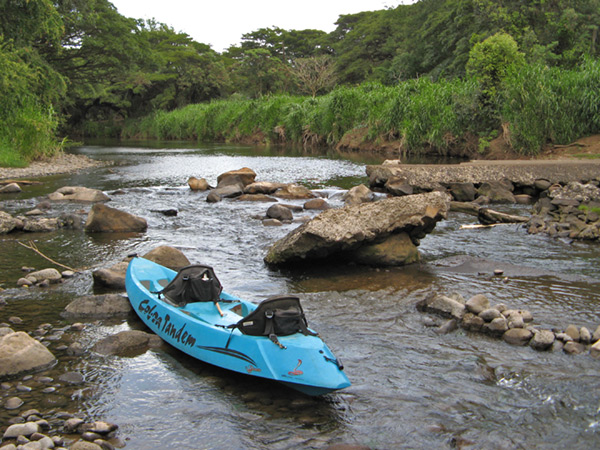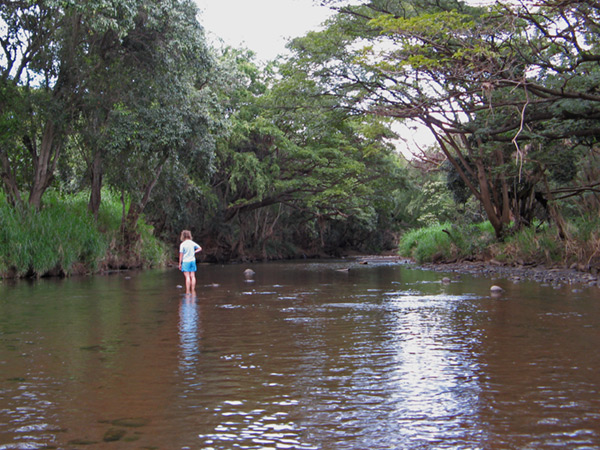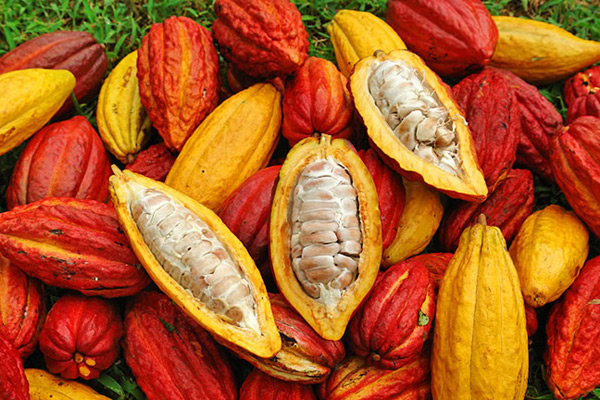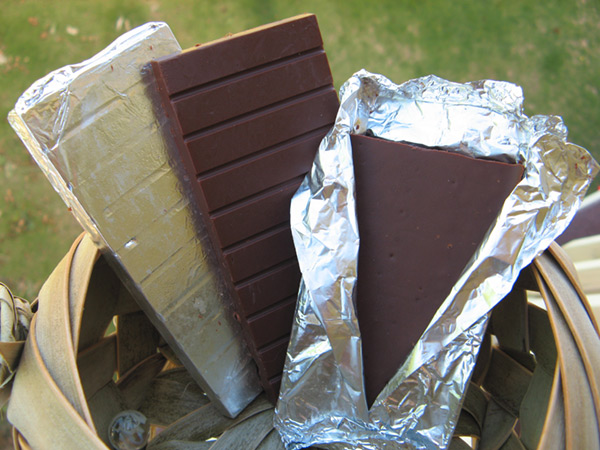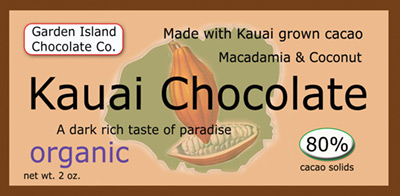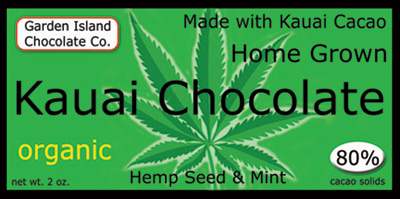If you like the idea of a Hawaii-themed contests as in my last post, there is one every Sunday on the Hawaii Insider travel blog—but they’re easier so you have to be quicker.

Source: sfgate.com
Hawaii Insider is mostly a blog for visitors, done by the Hawaii writer for sfgate.com and the San Francisco Chronicle. Since the San Francisco Bay area (or Los Angeles) is probably the single biggest US market for Hawaiian visitors, I always wondered if they really had a full-time writer just for Hawaii (can you say “dream job?”). So the blog covers airline discounts, hotel tips, and restaurant suggestions, but in an independent voice that genuinely seems to enjoy helping people have a good vacation.
There is also a fair amount of historical, cultural, and outdoorsy topics to keep me interested and learning things about the other islands. I really enjoyed the story about Father Damien (soon to be Hawaii’s first saint) with lots of interesting info and links. I was wondering if they ever wrote about other Hawaii blogs, and then just today I saw they covered Hawaii Photo Bank which they dub the Trailblazers online (can you say “scoop!“).
But if you’re in the Bay Area, Hawaii Insider is actually a great resource for all things Hawaiian happening here. Last Friday, there was a lunch-time concert in downtown San Francisco promoting all things Kaua’i, with a drawing for 6 free vacations to Kaua’i. Sadly, I found out about it too late and had too much work to go anyways. But there are also some free Hawaiian music concerts at Gordon Biersch brewpubs every Friday this month. I don’t think I’ll be able to make it this week either, but you should definitely go if you have the chance, those are some great musicians.
This is all part of a Hawaii tourism bureau marketing campaign—heck they even call it a blitz in the URL to their website (mouse over that concert link). I just hope it’s not the dying thoes of Hawaii’s visitor industry. As much maligned as it is, now that sugar is nearly gone, Kaua’i doesn’t have much else to support itself. Here’s another example of the blitz, a “full page” ad on sfgate.com, the San Francisco Chronicle website. Always on the lookout for images of Kaua’i, I noticed that’s a picture of Hanalei Bay—with contrasting news photos.
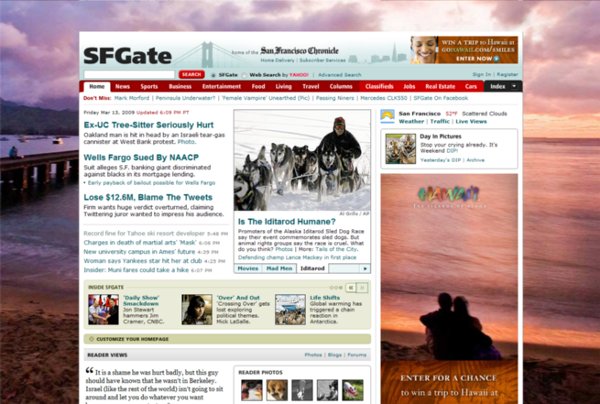
Source: sfgate.com
And speaking of contests, they also reported on the demise of the United’s Halfway to Hawaii game (if they haven’t trademarked that, they should’ve). I finally won that game last summer, on the flight home after “winning” the interview for my job in San Francisco. My strategy: ignore the wind and just calculate the halftime of the flight. My prize: 3 small cans of Macademia nuts—my daughter loved them.





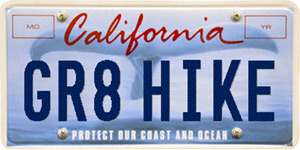 When we moved to California at the end of last year, I was looking for ways to remind myself of Kaua’i in a positive, hopeful way. And I suppose, I also wanted a way to tell others “Hey, I just moved here from Kaua’i.”
When we moved to California at the end of last year, I was looking for ways to remind myself of Kaua’i in a positive, hopeful way. And I suppose, I also wanted a way to tell others “Hey, I just moved here from Kaua’i.”